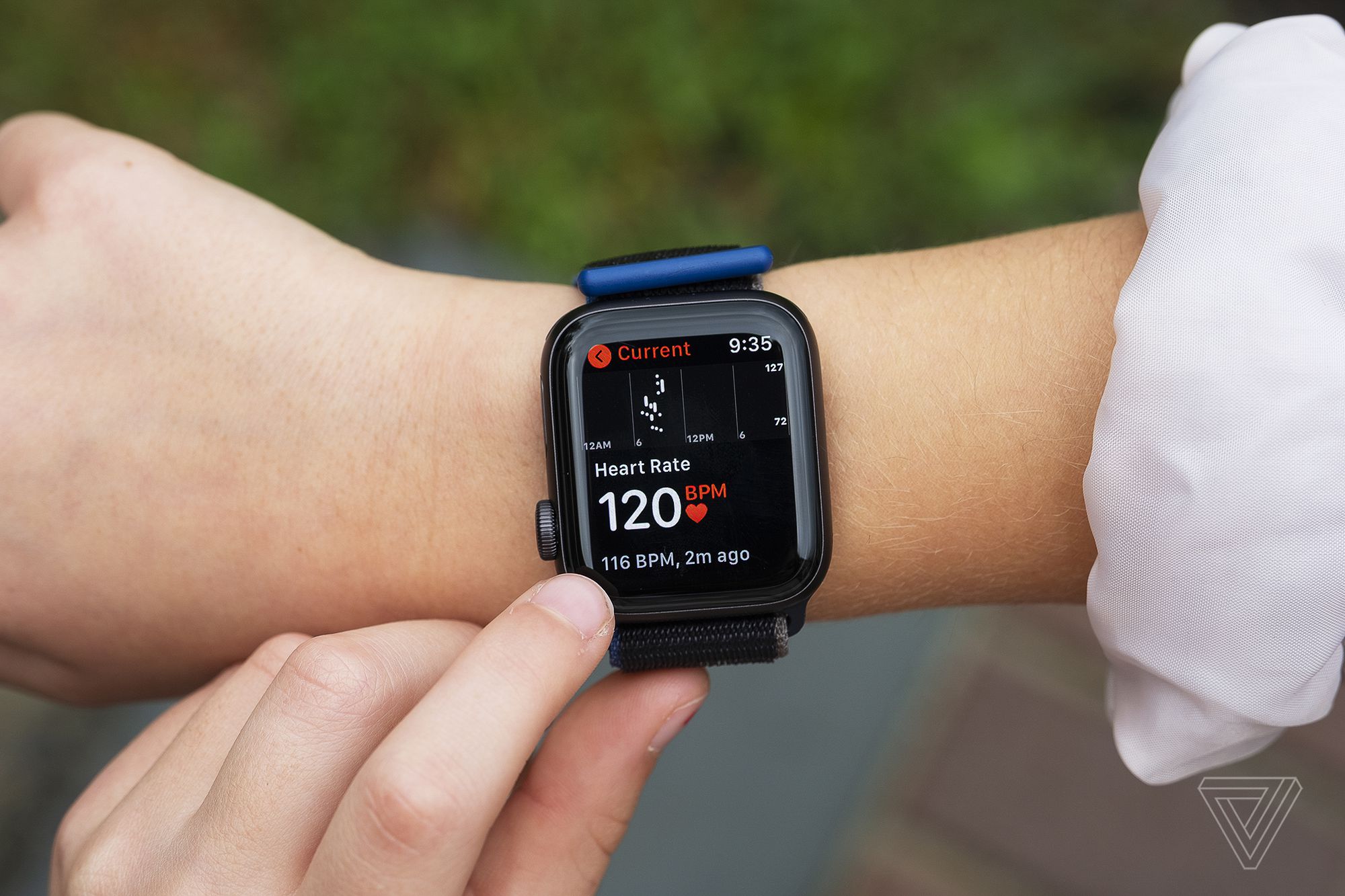The capabilities and limitations of wearable technology in assessing heart health

During a routine physical, Marylin Spunar received unexpected news at 51: she was diagnosed with atrial fibrillation (Afib), an irregular heart rhythm that can lead to stroke if untreated. Her doctor informed her about a feature on her Apple Watch that could monitor her heart rate.
“I activated it and sure enough, I receive alerts like five or six times a day because with Afib, it’s persistent. It can get annoying,” Spunar recounted.
Just 10 months after consulting a cardiologist and beginning treatment, an alert from her watch notified her that the irregular heart rhythm had returned.
“If I didn’t have that watch, I wouldn’t have known. Really, I wouldn’t have,” she admitted. “Thanks to the watch, I feel confident, and my doctors do too, that I’ll be aware when it happens.”
Atrial fibrillation, or Afib, manifests symptoms such as fatigue, heart palpitations, difficulty breathing, and dizziness. It ranks among the most common arrhythmias, with risk factors including high blood pressure, coronary artery disease, and obesity.
While Afib typically affects individuals in their 50s or 60s, Dr. Yasser Rodriguez, an electrophysiologist at Cleveland Clinic Weston, notes that diagnoses are rising, with patients increasingly younger.
“At Cleveland Clinic Weston, Dr. Yasser Rodriguez noted that the rising incidence of sleep apnea and obesity in younger individuals, exacerbated by the increasing obesity epidemic, is shifting patient demographics closer to their 50s.”
“Dr. Pedro Martinez-Clark, medical director and CEO of Amvita Heart & Vascular Health, attributed the trend of earlier diagnoses to advancements in technology, such as wearable devices, which enable detection, diagnosis, and treatment of conditions at earlier stages. Increasingly, people are using smartwatches and fitness trackers to monitor their physical well-being, with some, like Marylin Spunar, using them for early detection and management of medical conditions.”
“However, not all wearable devices are FDA-approved, although popular ones like Apple Watch and Fitbit have received clearance to identify Afib.”
“Martinez-Clark commented, ‘I believe these technologies represent a significant advancement in our ability to detect risk patterns. However, like any technology, there are both benefits and drawbacks.'”
Capabilities of Wearable Technology:
“Wearable devices offer a range of features, including tracking activity levels, monitoring sleep quality, and measuring vital signs like heart rate and blood pressure. This can help detect irregular heart rates in less symptomatic patients.”
“Martinez-Clark explained, ‘For example, if you’re relaxed during dinner and your heart rate is 140-150, that’s abnormal. In the absence of symptoms, wearable technology can alert us to a fast rate in situations where it shouldn’t occur.'”
“He emphasized that beyond identifying arrhythmias, monitoring their frequency and regularity is crucial for diagnosis, especially given the variability of symptoms, which wearable devices facilitate.”
“Martinez-Clark warned, ‘Irregular heart rhythms can have serious implications regardless of a patient’s age.'”
Limitations of Wearable Technology:
“Conversely, concerns such as excessive testing and false alarms underscore why caution is advised when interpreting wearable data.”
“Rodriguez cautioned, ‘Companies tend to err on the side of caution, preferring to overcall rather than miss potential issues. Often, what a patient perceives as atrial fibrillation might be a benign condition.'”
“For younger individuals, an unusually rapid heartbeat might be normal but could trigger unnecessary alerts. Moreover, for patients prone to anxiety, receiving detection alerts may exacerbate stress.”
“Martinez-Clark added, ‘We actually advise such patients against using these devices.'”
“Another challenge lies in the accuracy of readings influenced by external factors. Dr. Andre Landau, interventional cardiologist at Broward Health North, highlighted that readings from smartwatches or fitness trackers may be compromised by movement during recording, affecting interpretation.”
“Medical professionals strongly advocate consulting a physician and undergoing proper testing if symptoms arise or alerts indicate arrhythmia detection.”
“For symptomatic patients or those at risk, Landau recommended more advanced devices like KardiaMobile, an FDA-approved tool for detecting Afib by recording and transmitting an EKG for professional analysis via mobile devices.”
New Afib Treatment at Cleveland Clinic:
“Cleveland Clinic Weston is launching ‘Pulsed-Field Ablation’ (PFA), a novel non-thermal treatment for Afib promising quicker procedures and reduced risk to surrounding tissues.”
“Rodriguez expressed enthusiasm, describing PFA as revolutionary in its speed and effectiveness, utilizing high-voltage pulsed electrical fields to treat cardiac arrhythmias.”
“He emphasized, ‘Treatment with PFA is rapid, completing in just 2.5 seconds per vein compared to older methods taking 10 to 15 seconds. This innovation represents a significant advancement.'”
“Rodriguez estimated that at least 12 million Americans have been formally diagnosed with Afib, with numbers projected to rise.”
“Marylin Spunar reflected, ‘I always recommend getting an annual physical. Even without a watch, it’s crucial for early detection.'”

